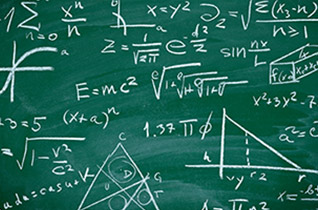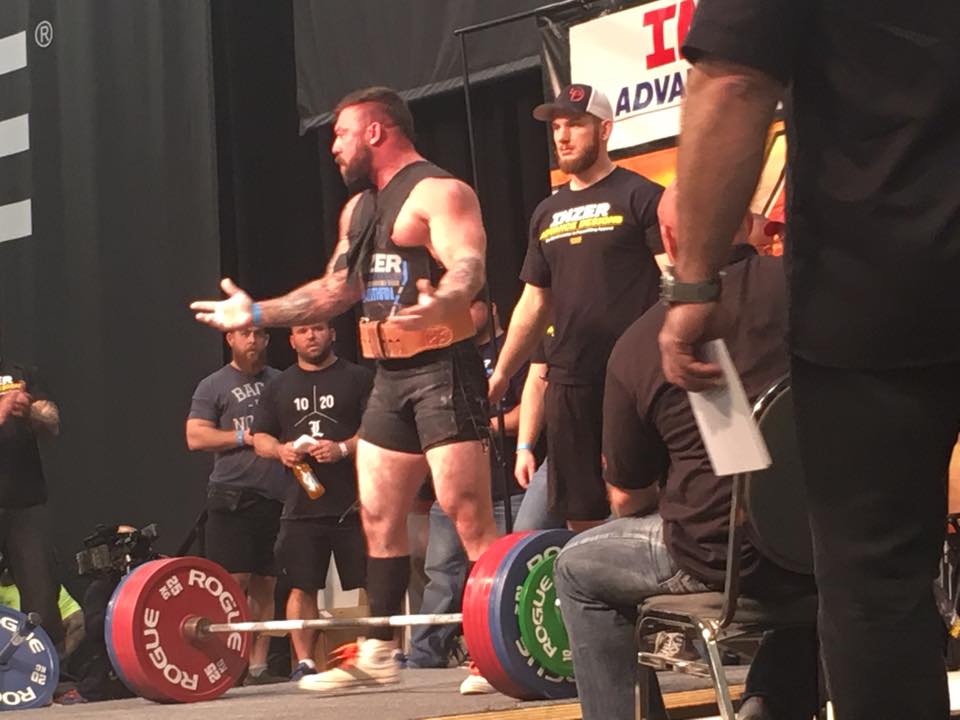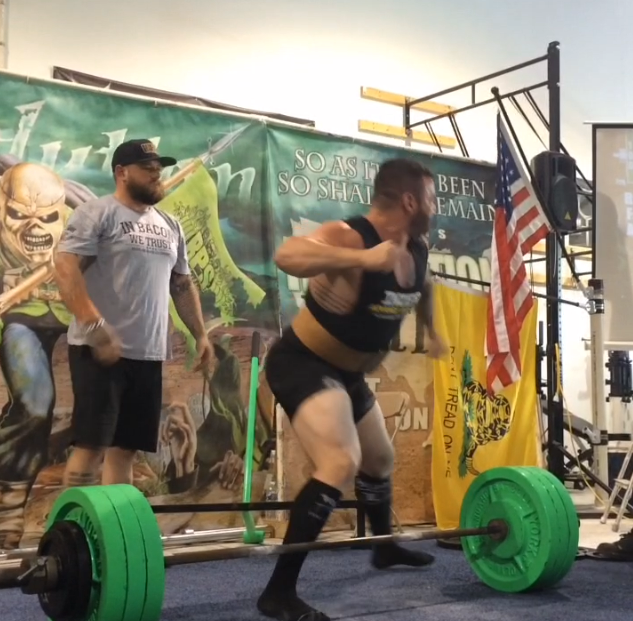
16 Mar Training Algebra
By Paul Oneid
So, you’ve finished high school and think, “man, I am never going to ever use algebra again. What a waste!” Well, if you want to get strong, you had better remember what you learned in high school. Learning how to identify the variables in your training and how to quantify them will allow you to monitor your progress. Once you know how your body responds to these variables, you can better understand how to manipulate them to get a desired training effect. Let’s face it; if we knew math would get us yoked in high school, we wouldn’t have skipped so much class!
[wa-wps]
When reviewing your training, the simplest way to quantify the work being done is by breaking it down into “volume” and “intensity.” That is, the amount of work you are doing and at what percentage of your one rep max. This method may work for some, but it often falls short. If you are training multiple times per week, multiple lifts and at varying percentages, only accounting for total training volume and intensity will not yield much insight. It is for this reason you must identify the important variables to track. A lifter who performs two benches, two squats and two deadlift session each week would not benefit from knowing his total weekly volume and intensity. Propose this lifter performs a different variation of a classical lift on each day. For example – bench, close grip bench, front squat, safety bar squat, opposite stance deadlift and Dimmel deadlift. As you can probably guess, the lifter who performs a great variety of lifts in a week would need to manage a larger number of training variables.
Identification and quantification of training variables becomes so important because of the interrelationship between these training variables and the individual difference between lifters. The work performed on each lift can affect the ability of the lifter to perform work on the other lifts. Some lifters are able to perform large amounts of total work, but only if that work is mainly through squat and bench press volume. Other lifters tolerate more deadlift volume, but less total training volume. It is important to have an objective quantification of each training variable to find a point where progress can be made and recovery is not compromised. This point is the sweet spot. We push, but we make sure to back off before we need to. This is where deload weeks become essential. Once we know the amount of work we can put in between deloads, we can effectively manage fatigue and stay at a lower risk of overtraining, Under recovery, over reaching, injury etc.
Let us propose the lifter who trains 4 times per week and wants to improve their bench press. Each week is comprised of two squats, two benches and one deadlift movement spread over his or her training week. His/her training equation would be “2A+2B+C = X” (“X” being total training volume). Assuming that this lifter has reached their highest recoverable X, or the point at which they can no longer increase total volume without compromising recovery, how can the lifter manipulate A, B and C in order to make progress on the bench press? The answer is through algebra! If you stabilize one or more of the variables, or turn them into constants, you have less to worry about in terms of contributing factors to X. Stabilizing intensity or volume and performing the same C each week, there is no longer an impact on A and B. More work can be done on those days. The training equation becomes 2 ¼ A + 2 ¼ B + ½ C = X. X remains unchanged, but the amount of volume distributed between the lifts is altered in order to make progress on areas of need.
Another way training algebra helps the athlete is to understand how each variable affects X. As you get stronger and more conditioned, the body is able to perform more work before recovery is impacted. That is to say your maximum X increases. By knowing the quantification of your ABC’s, you are able to determine how increasing each individual value affects X. Perhaps increasing you bench volume greatly has little effect on your recovery, but a slight increase in deadlift volume leaves you begging for a wheelchair. Each lifter is different, but without knowing your training algebra, you’ll never truly have control over your progress.
If you are using 10/20/Life, you know that we manage fatigue through the use of RPE. Typically, we perform 1-2 top sets at a given RPE on the main movements within a session. What would happen if we increase the number of top sets, or increase the volume of the sub-maximal sets prior to hitting our top sets? Both increase the amount of work done, but each example would yield a different result for each lifter. Larger, less conditioned lifters would tend to benefit from increasing the sub-maximal work prior to the top sets, while more conditioned smaller lifter would likely benefit from more top sets. The reason for this would be intra-session recovery. Because of the lower work capacity of the larger lifter, he or she would be more taxed from the lighter work prior to the top sets, while the extra “light” volume would have next to no impact on a lifter who can recover quickly. What makes this scenario more interesting is that the smaller more conditioned lifter may grow, put on weight and lose some of there work capacity in the process. How will they know how to adjust their training to recover optimally, unless they have previously quantified it?
While you were in high school algebra was boring and an excuse to have a mid day nap, but if you can draw parallels to your training you will ultimately be better off. Quantifying your starting point and manipulating the variables of the training equation up or down can have a profoundly positive effect on not only the rate at which you see progress, but also your rate of recovery and injury potential. The goal is to train injury free, consistently over time. The most accomplished lifters are the ones who don’t need to take unnecessary time off and steps backwards. Learn your training algebra and see your progress go through the roof.
Paul Oneid
Latest posts by Paul Oneid (see all)
- A Proposition for a Paradigm of Planning Your Personal Periodization - March 4, 2019
- Paul Oneid –> Off-Season | Feet Up Bench PR and Some Squats - March 1, 2019
- Paul Oneid –> Off-Season | A bit of everything - February 21, 2019








Sorry, the comment form is closed at this time.